Wood stains are important in keeping furniture, floorings, and any other wooden structures safe from scratches, stains, and water damage. The question however is the considerable amount of coating applications. Red oak has its own characteristic that makes it fairly easy to varnish. We have found out the types of wood stains, and the ways you can apply the substance in a relatively simple manner.
The general rule is to apply only as much as the wood can absorb. For red oak, two coats are usually enough to protect the wood and create the desired finish. This may vary depending on the specific type of stain used.
Red oak is classified as a medium hardwood and is a choice material for various applications. Due to its structure and density, it absorbs treatments well and stains easily. Find out which type of finish would best complement your red oak.
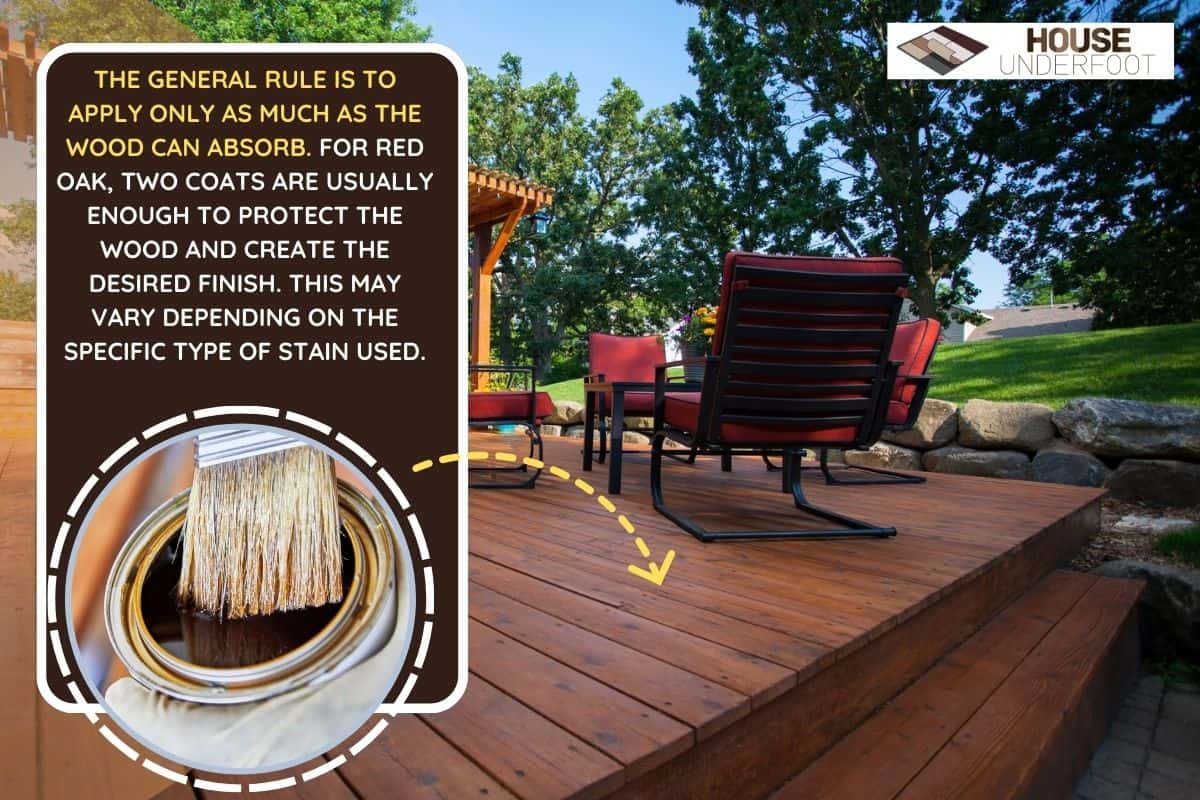
Red Oak: An Overview
Red oak is the most dominant and abundant hardwood species in the United States. Contrary to popular belief, the lumber itself is often white and not always red in color. The name was actually derived from the tree’s vibrant reddish foliage during the fall.
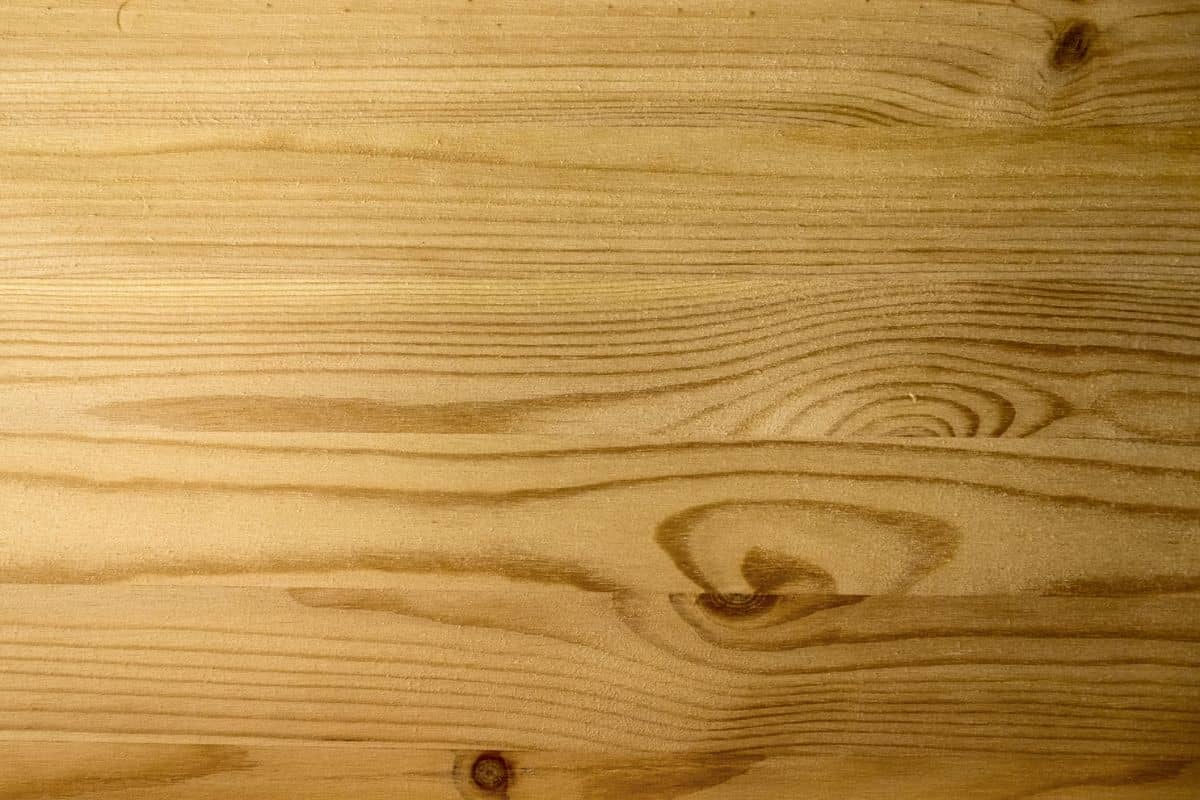
Although native to North America, the trees are widely distributed all across the Eastern United States and South America. Several subspecies are growing in mountainous and lowland regions, and as such, each variety develops unique characteristics.
Red oaks grown in the south mature quicker because they are exposed to a longer growing season, and as such, the lumber tends to have more grains and texture – which becomes a relatively attractive highlight when stained.
Wood is available as veneer and sawn lumber – all have different grades and sizes. The hardwood industry usually produces thicknesses ranging from 4/4” (25.4mm) to 9/4” (52mm). Oakwood can be used as flooring, furniture, doors, cabinets, and moldings.
Types Of Wood Stain
Stains are applied primarily to protect and strengthen wooden structures as well as to enhance their finished appearance. They are composed of a colorant mixed with an application medium, of which there are several types and corresponding properties.
1. Water-Based
This type of stain is comprised mainly of the coloring agent and water. You can apply it by brush or spray without having to put up with noxious fumes present in other products. Water-based stains dry quickly, usually within a few hours, making the project faster to complete. The downside is, the stain tends to fade over time and would require reapplication sooner than other types. It is suited only for indoor use and is not notably long-lasting.
3 coats of water-based stain work best with red oak.
Check out SamaN Water Based Wood Stain on Amazon.
2. Oil-Based
Oil-based stains apply more evenly and penetrate the wood creating a durable and long-lasting finish. It is more ideal for heavily trafficked floors since the oil is absorbed resulting in a stronger protective surface. However, the solvent content emits strong fumes so it is best to apply it with a protective mask and the windows open. Depending on the specific brand, oil-based stains can take up to a day or two to fully dry.
2 coats of oil-based stain are recommended for red oak.
Check out Varathane Oil Based Wood Stain on Amazon.
3. Varnish

Varnish is a combination of an oil-based stain and surface sealer that forms a durable, hardened coating that protects the wood underneath. It is comparatively thicker and needs to be applied with a brush or roller. It would usually take several coats to achieve a uniform finish and it has the tendency to discolor over time. They also emit fumes and may take time to dry.
2 to 3 coats of varnish are ideal for red oak.
4. Gel
The gel is a combination of oil, solvents, and pigments that creates a thick consistency for stain application. The material is relatively easier to work with since it does not run or drip. It has to be used with a brush or rubbed on evenly with a piece of cloth. It takes only several hours to set and dry and additional coats may be added soon after. The gel is not absorbed well by the wood due to its viscosity and it would need reapplication from time to time.
1 to 2 coats of gel stain are suitable for red oak.
Check out Gel Stain Vintage Burgandy on Amazon.
The number of coats is based on expert recommendations. They may vary based on the specific product you use. Also, the desired effect you want is what ultimately determines the number of coats you apply.
It would be best to test or experiment on a small area and compare the effects and appearance before resuming with the project.
Staining Steps
Red oak is relatively easy to stain, just follow these simple steps.
Materials:
- Gloves
- Dry cloth or sponge
- Wood stain
- Polyurethane topcoat
1. Cleaning The Surface
Cleaning the wood is important to prevent any streaks and unsightly blotches from being stained and appearing on the finished surface. You can accomplish the task by hand-planing or sanding, and vacuuming to remove any dirt and debris. Wipe the exterior using a cloth to ensure the area is clean.
2. Staining The Wood
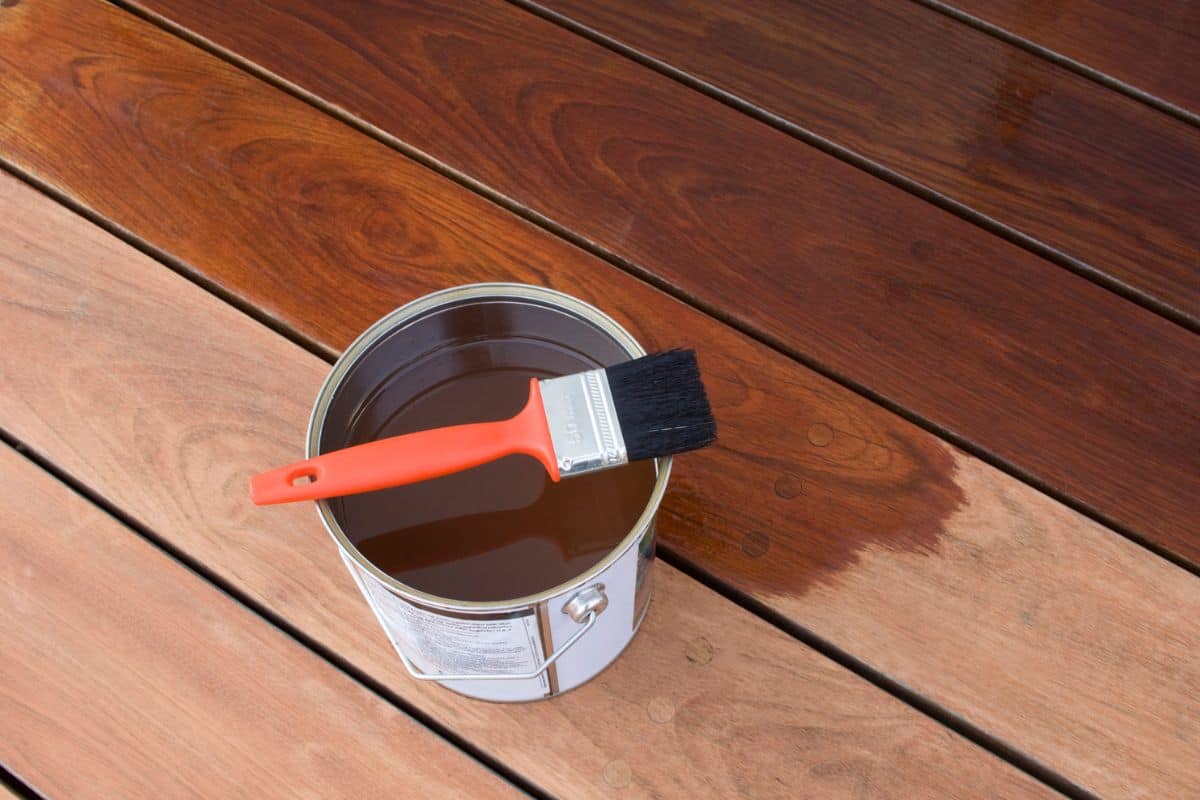
The chemicals inside newly-bought wood stains or those in storage tend to separate when not in use. That being said, you will need to mix the substance using a stirring stick before application.
Afterward, gently dip the cloth or sponge onto a small amount of stain, and then wipe it across the oak wood’s surface. Be sure to rub the fabric parallel to the direction of the grains. Wait for approximately 4 minutes before wiping the exterior to remove excess stain – use a clean paper towel to do so.
Wait for at least 24 hours or as specified in the manual before applying the second coat. The surface needs to be completely dry before re-application otherwise the substance will only act as a solvent and lighten the stain instead of darkening it.
Once dry, you can now administer the second coating. If the finish is not dark enough to your liking, you can apply another layer, however, be sure to let it dry and note that the topcoat will make the stain darker after application.
Wipe the surface with a clean dry cloth.
3. Applying The Topcoat
Topcoat application is important after staining your oak since it acts as a layer that protects the wood from scratches, stains, and water damage.
The method of application is quite similar to staining. Dip the cloth or paper towel onto a small amount of topcoat, and then wipe it across the surface. Wait for the substance to be fully dry before administering the second coating.
Afterward, allow it to dry before finally subjecting the flooring or furniture to use.
Can Red Oak Be Stained Dark?
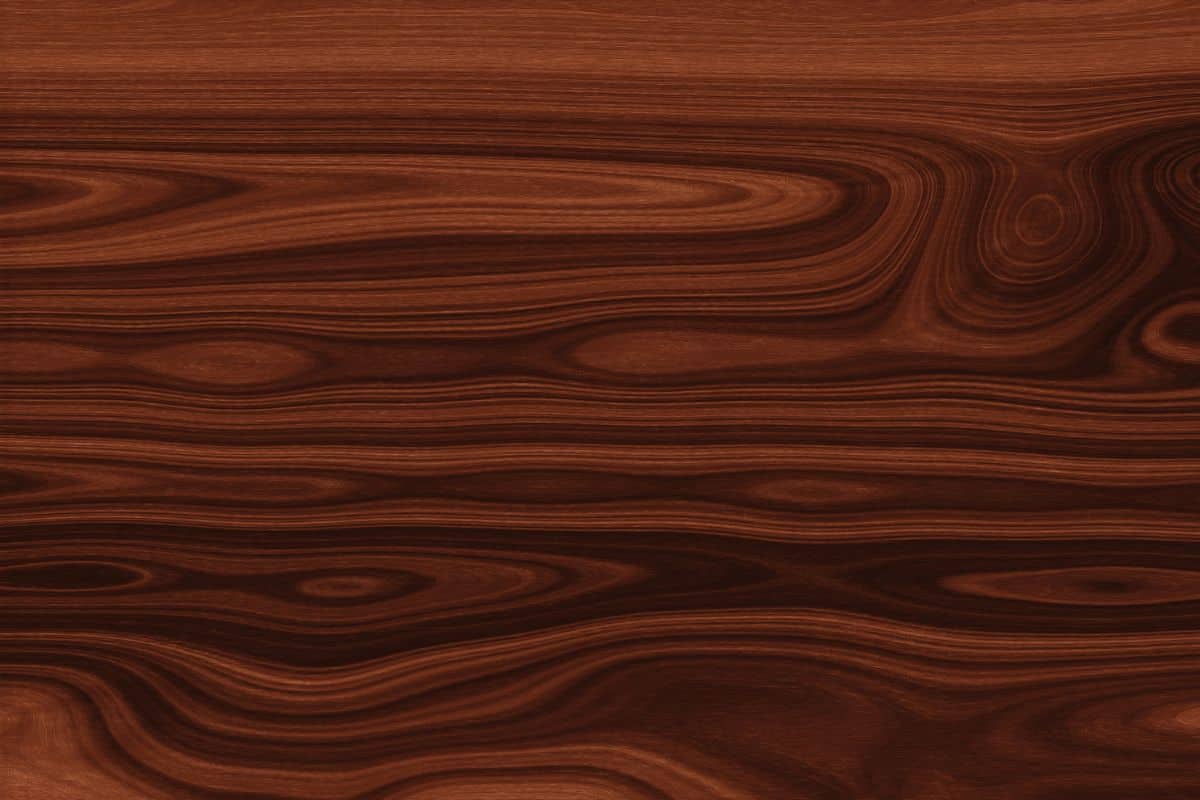
Oakwood is relatively porous, which makes it very absorbing of wood varnishing chemicals. Due to that quality, both red and white oak can be stained dark. However, the grain characteristic could lead to a highlighted finish or appearance.
In Closing
The wood stain you intend to use will determine the number of coat applications. Keep in mind that red oak is relatively porous and the grains’ characteristics allow a darker finish. We hope the article helped you with the proper ways of staining your red oak.
You might also find these topics interesting:




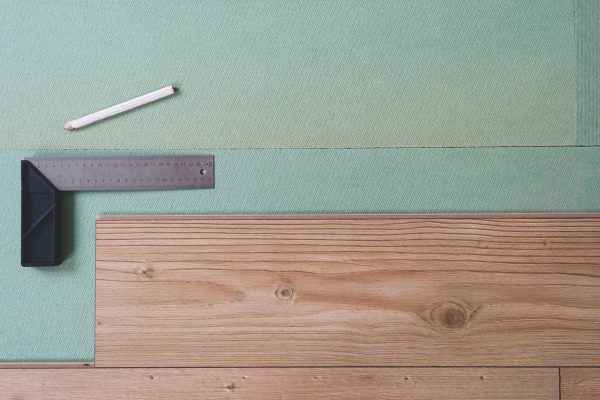
![Laminated flooring planks to be installed in a modern room, Can You Install Vinyl Plank Flooring Backward? [And How To!]](https://houseunderfoot.com/wp-content/uploads/2022/10/Laminated-flooring-planks-to-be-installed-in-a-modern-room-600x400.jpg)
